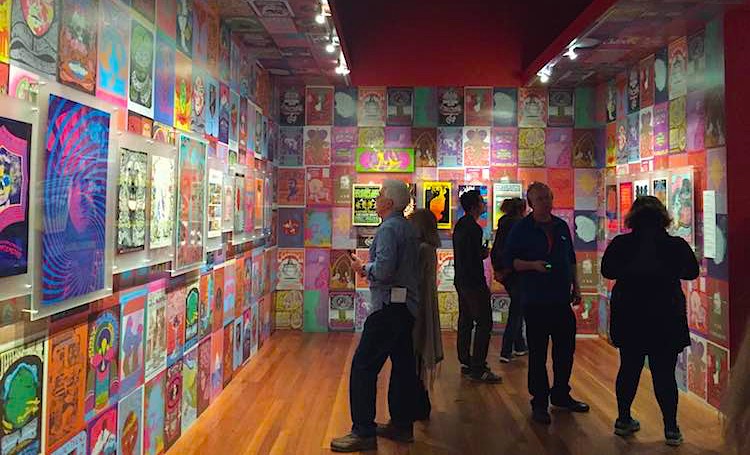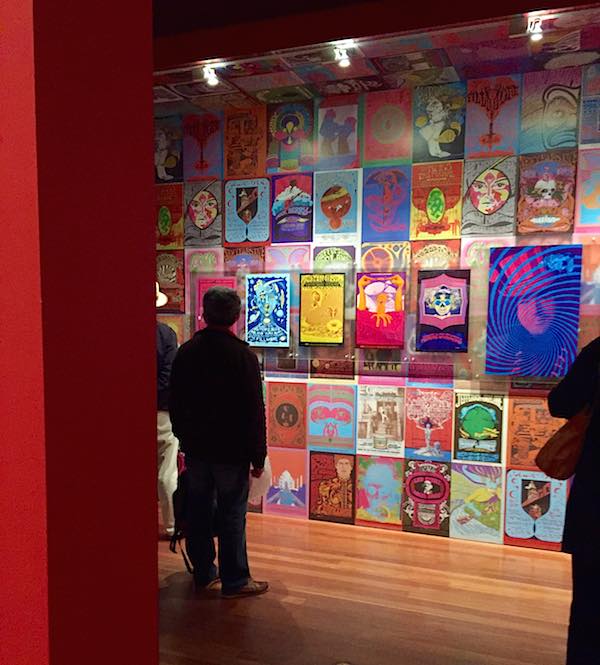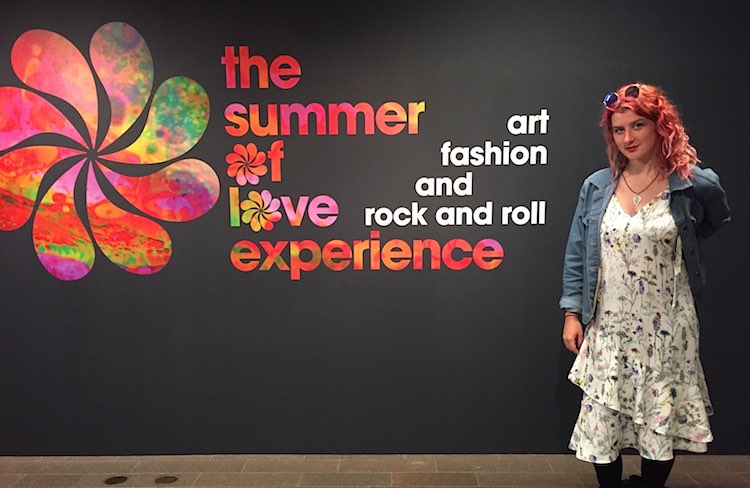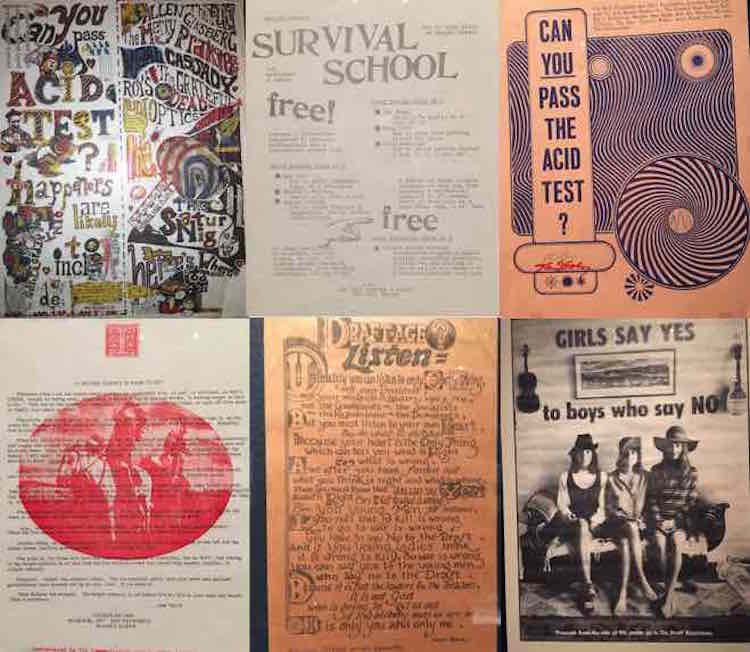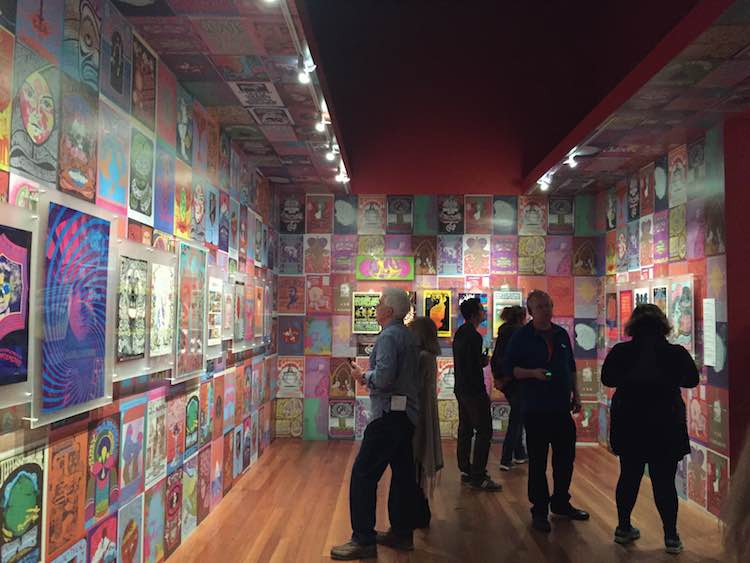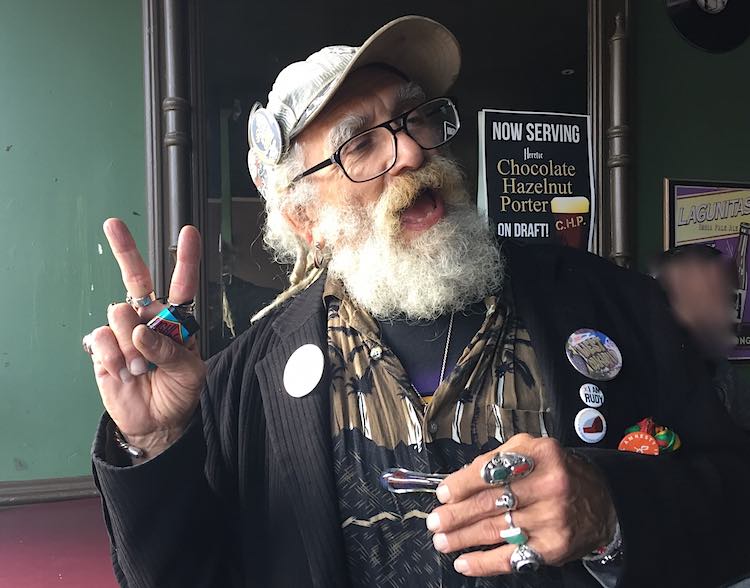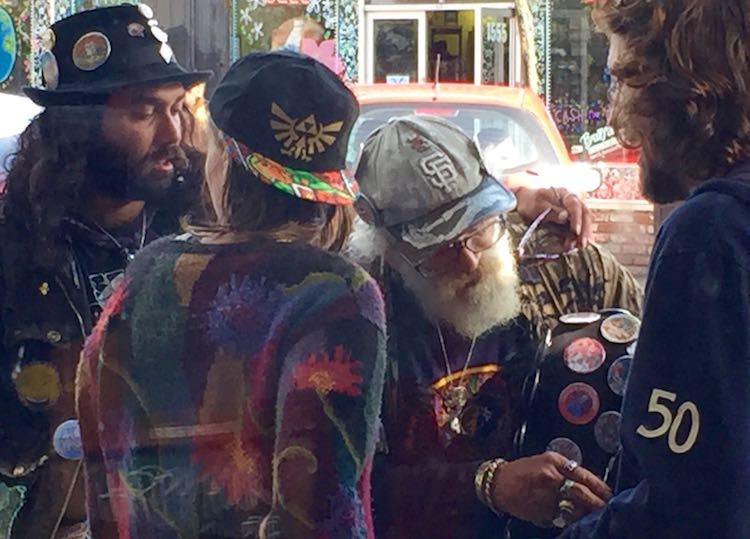It was the summer that changed everything…
From growing discontent over the Vietnam war, which necessitated the drafting of 40,000 young men into military service each month, to the blossoming music scene with its psychedelic colors and consciousness-altering drugs, 1967 was fast becoming a fulcrum for change in American cultural history.
LOOK: The Couple From Woodstock LP Cover is Still Married 46 Years After Concert
San Francisco’s de Young Museum is celebrating the half-century anniversary with an exhibition that features more than 300 significant cultural artifacts that recall the art, fashion, and political discourse of the era — and, of course, the music, which provided the drum beat for a youth-driven revolution.
Despite being a millennial, my parents were successful in raising me to love the same kind of music they grew up with (e.g. The Beatles, The Who, Jimi Hendrix, Bob Dylan). My peers and I were also eager to adopt the hippie fashions that eventually came back around in style—as you can see from my recent visit to the de Young…
Yet, after going to see the exhibit, “The Summer of Love Experience: Art, Fashion, and Rock & Roll,” I was forcefully reminded that I had no idea what it was like back then. The closest thing that 20-somethings like me can use for comparison to the Summer of Love is Burning Man – but, that involves all generations, not only mine, and in terms of cultural impact, the two don’t even come close.
Besides an amazing array of hand-crafted fashion from the day, including the story of how a local seamstress got Levi Strauss to create the fist bell bottom jean, the exhibit featured informational flyers to give direction to the thousands of young people who left home to make a new life in San Francisco.
RELATED: The Grateful Dead Are Saving Bees and Butterflies Through Jerry Garcia’s Legacy
Posters included the one made by Joan Baez (above, bottom right) to encourage girls to only “say yes to boys who say no” to the draft, and helpful hints for newcomers about how to avoid bad drug trips and where to get free food (top, center). There were even tips about how to deal with the police officers who were rounding up youth and trying to reunite them with their worried parents.
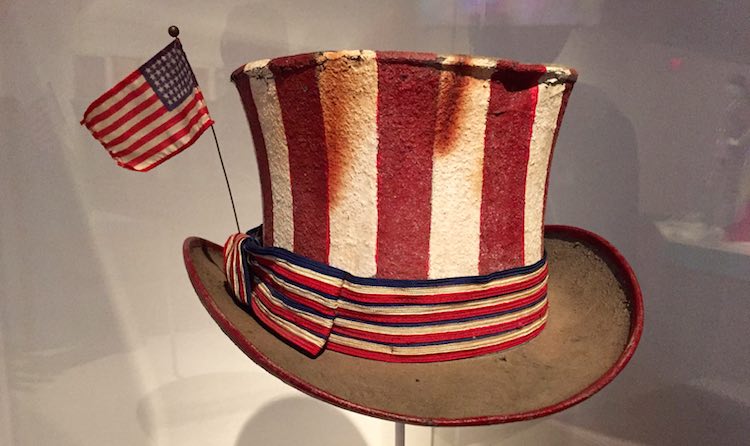
Rock-poster artists such as Rick Griffin, Alton Kelley, Victor Moscoso, Stanley Mouse, and Wes Wilson, all generated an exciting array of distinctive works that summer emblazoned with distorted hand-lettering and vibrating colors (below). In various rooms of the exhibit, wild light shows were dazzling the visitors, such as the creations of Bill Ham and Ben Van Meter that served as expressions of the new psychedelic experience.
After leaving the museum, I headed over to Haight-Ashbury, the magnetic San Franciscan neighborhood that became a magnet for as many as 100,000 young people from all over disillusioned America – and while it’s been 50 years since the original Summer of Love, many of the original inhabitants of the neighborhood are still there to this day, as living relics of decades past.
One such resident was Franklin: an original “tertiary acquaintance” of none other than “Uncle Ken” – the pseudonym of One Flew Over the Cuckoo’s Nest author and psychedelic revolutionary Ken Kesey.
When asked about his recollections from those old friendships, he remembered fondly some advice he took to heart. “As Uncle Ken always used to say… ‘Stay in your own movie, man,” he said chuckling, before wandering outside to smoke a bowl of “medical marijuana” and inspect the buttons for sale on the sidewalk.
If you’re interested in catching a glimpse of one of America’s most pivotal eras–and definitely the most colorful one, the de Young exhibit runs through August 20, 2017 – and the hippies who lived through it are ‘feelin’ groovy’ not far away.
Take Your Friends on a Trip Down Memory Lane, Click to Share




















